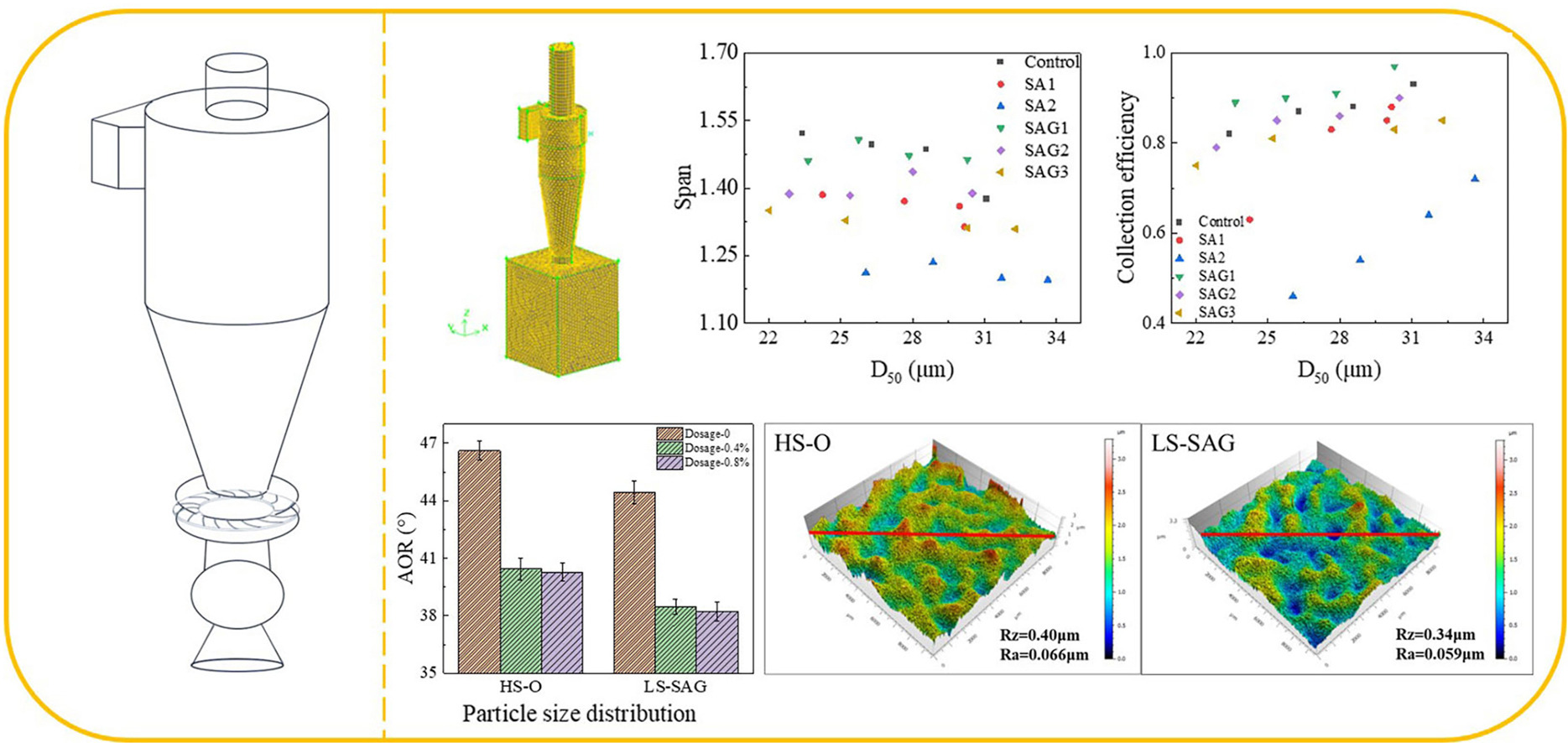- Volumes 96-107 (2025)
-
Volumes 84-95 (2024)
-
Volume 95
Pages 1-392 (December 2024)
-
Volume 94
Pages 1-400 (November 2024)
-
Volume 93
Pages 1-376 (October 2024)
-
Volume 92
Pages 1-316 (September 2024)
-
Volume 91
Pages 1-378 (August 2024)
-
Volume 90
Pages 1-580 (July 2024)
-
Volume 89
Pages 1-278 (June 2024)
-
Volume 88
Pages 1-350 (May 2024)
-
Volume 87
Pages 1-338 (April 2024)
-
Volume 86
Pages 1-312 (March 2024)
-
Volume 85
Pages 1-334 (February 2024)
-
Volume 84
Pages 1-308 (January 2024)
-
Volume 95
-
Volumes 72-83 (2023)
-
Volume 83
Pages 1-258 (December 2023)
-
Volume 82
Pages 1-204 (November 2023)
-
Volume 81
Pages 1-188 (October 2023)
-
Volume 80
Pages 1-202 (September 2023)
-
Volume 79
Pages 1-172 (August 2023)
-
Volume 78
Pages 1-146 (July 2023)
-
Volume 77
Pages 1-152 (June 2023)
-
Volume 76
Pages 1-176 (May 2023)
-
Volume 75
Pages 1-228 (April 2023)
-
Volume 74
Pages 1-200 (March 2023)
-
Volume 73
Pages 1-138 (February 2023)
-
Volume 72
Pages 1-144 (January 2023)
-
Volume 83
-
Volumes 60-71 (2022)
-
Volume 71
Pages 1-108 (December 2022)
-
Volume 70
Pages 1-106 (November 2022)
-
Volume 69
Pages 1-122 (October 2022)
-
Volume 68
Pages 1-124 (September 2022)
-
Volume 67
Pages 1-102 (August 2022)
-
Volume 66
Pages 1-112 (July 2022)
-
Volume 65
Pages 1-138 (June 2022)
-
Volume 64
Pages 1-186 (May 2022)
-
Volume 63
Pages 1-124 (April 2022)
-
Volume 62
Pages 1-104 (March 2022)
-
Volume 61
Pages 1-120 (February 2022)
-
Volume 60
Pages 1-124 (January 2022)
-
Volume 71
- Volumes 54-59 (2021)
- Volumes 48-53 (2020)
- Volumes 42-47 (2019)
- Volumes 36-41 (2018)
- Volumes 30-35 (2017)
- Volumes 24-29 (2016)
- Volumes 18-23 (2015)
- Volumes 12-17 (2014)
- Volume 11 (2013)
- Volume 10 (2012)
- Volume 9 (2011)
- Volume 8 (2010)
- Volume 7 (2009)
- Volume 6 (2008)
- Volume 5 (2007)
- Volume 4 (2006)
- Volume 3 (2005)
- Volume 2 (2004)
- Volume 1 (2003)
• A classifying cyclone separator with secondary air inlet and air guider is designed.
• The guided secondary air increases updraft flow while enhancing the outer vortex.
• The designed cyclone narrows PSD while maintaining the collection efficiency.
• Narrowing PSD by cyclone reforming improves powder flowability and film properties.
In this study, a new design of classifying cyclone separator with secondary air inlet and air guider (SAG type) was proposed to narrow the particle size distribution (PSD). CFD simulation reveals that only adding a secondary air inlet (SA type) at the bottom of the cyclone will create a strong updraft. After adding an air guider, the rotating air enhances the strength of the outer vortex, which is conducive to the particle collection. The experiment results also verify these findings. SA cyclone separator effectively narrows the PSD, but the particle collection efficiency is greatly reduced. In contrast, SAG cyclone separator can decrease the PSD while maintaining a high particle collection efficiency. In addition, it is also found that the collection efficiency of particles decreases with the increase of the opening size of the secondary air inlet, but the SAG cyclone separator is less sensitive to this, making it more controllable in practical applications. To further assess the impact of cyclone modification on coating powder and film properties, the powder coatings with wide PSD and narrow PSD were prepared by original cyclone and SAG cyclone, respectively. It was found that reducing the span of the powder by modifying the cyclone can effectively improve the flowability (angle of repose (AOR), avalanche angle (AVA) and rotating bed expansion rate (RBER)) and film properties (distinctness of image (DOI) and surface flatness) of the particles. This study provides guidance for narrowing the PSD and improving the flowability and film properties of powder coatings.

